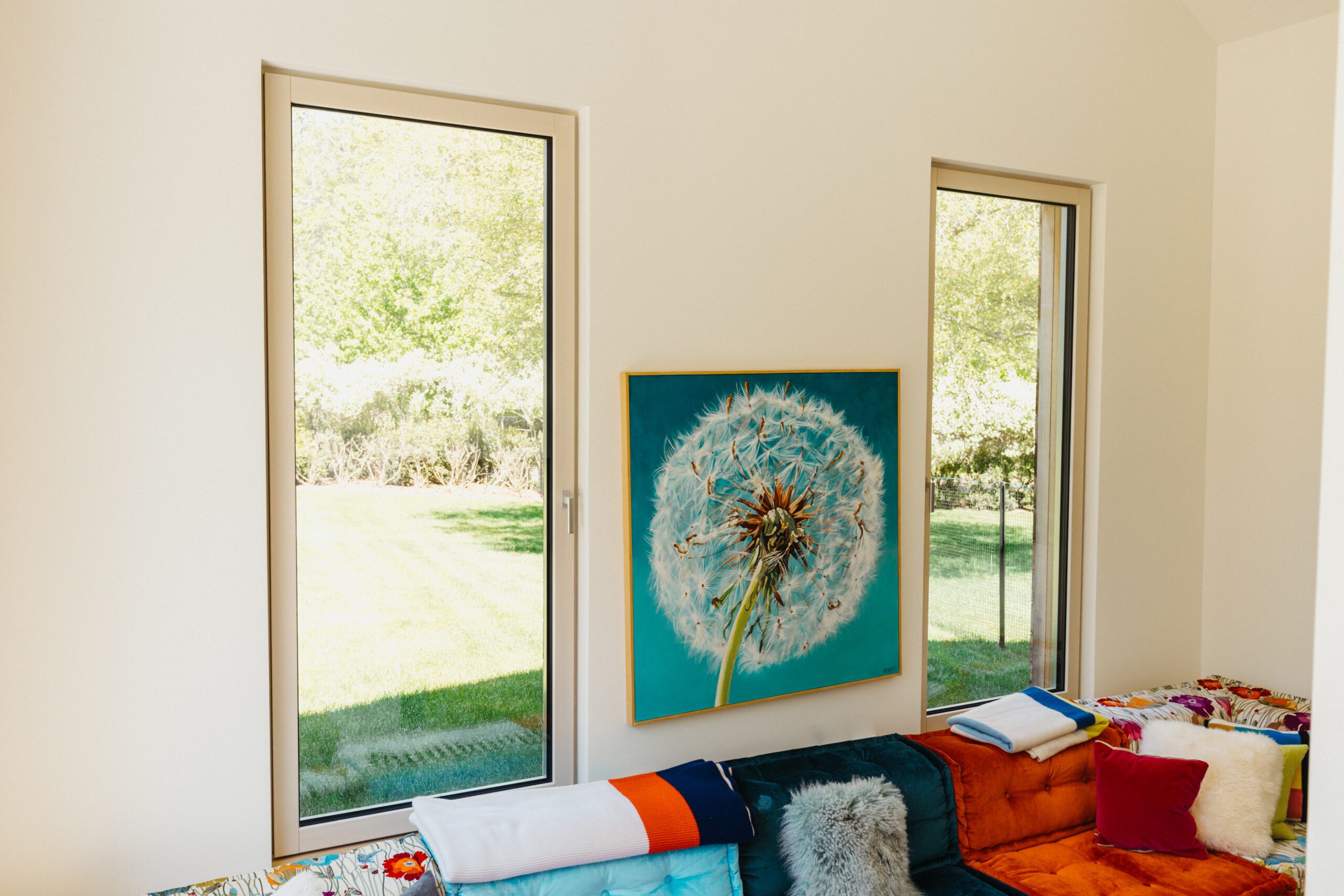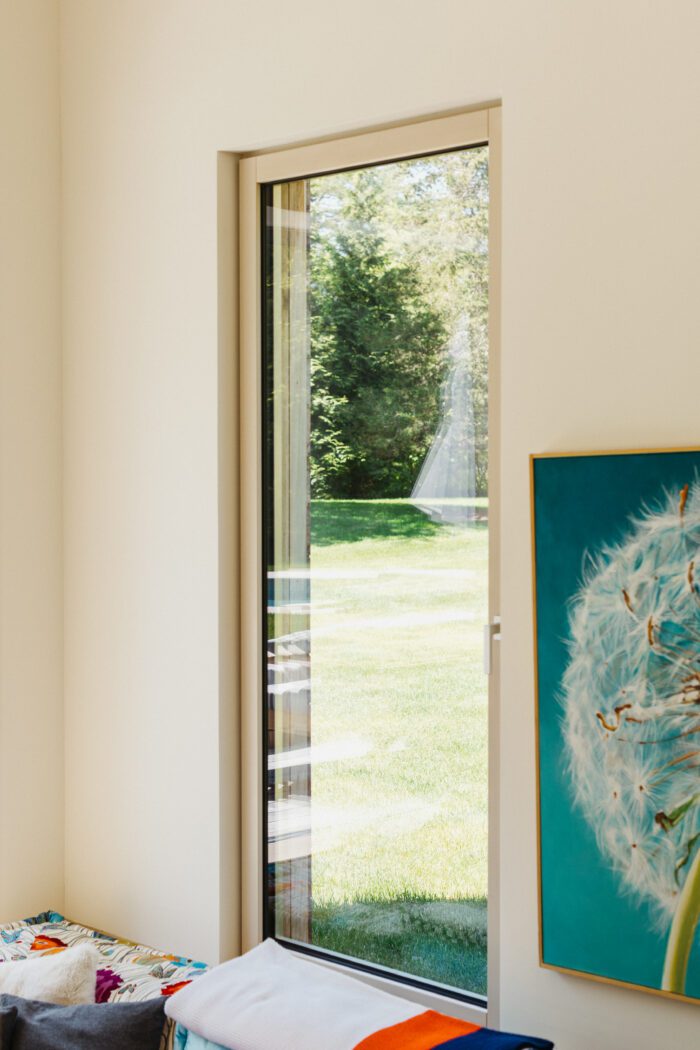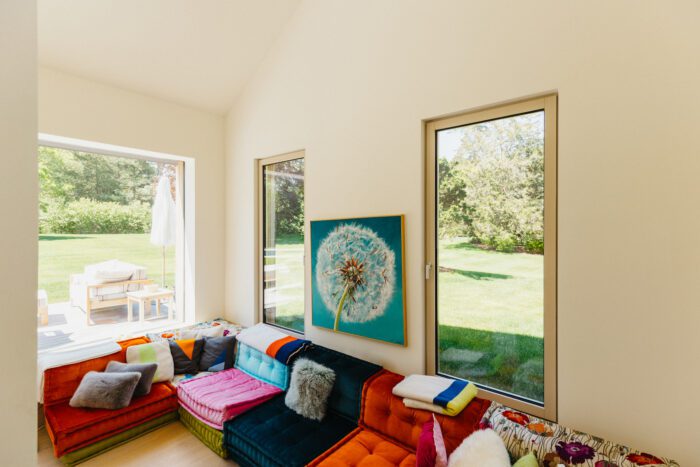
GSW // TILT & TURN WINDOWS // TILT & TURN VS CASEMENT
I know many of you are thinking, but why would I make the switch and what is the difference. Well, in today’s blog post we will take a closer look at that.
Are Tilt and Turn Windows Better Than Casement?
Let’s start with a comparison question. Which is better?
Tilt and turn windows are better than casement in terms of ease of operation, seal tightness, hardware reliability, safety, and modern aesthetics. Most of these advantages exist because of the double action opening system present in tilt and turn windows that does not exist in casement windows.
Most of the differences between tilt and turn windows and casement ones are the same factors that make tilt and turn windows better. The main difference between these two types is the hinge mechanism for the opening function. Crank style casement windows have a sliding hinge mechanism. On the other hand, the European style only has rotating hinges in its mechanism. Although these two types are fundamentally different, the sliding hinge mechanism wears out much quicker and requires more maintenance to keep the window operation smooth. Meanwhile, the rotating hinge mechanism is inherently much smoother and is more reliable in the long term. After a test of over 40, 000 openings, tilt and turn window hinges tested with a 100% grade. Meanwhile, casement windows would be loose by the 10, 000th opening. However, even if the tilt and turn hardware breaks, it can be replaced in 5 – 10 minutes with minimal tools.
The hinge placement is also an important parameter. In casement windows, the mechanism is located underneath the sash and is exposed to the elements when the window is open. This leaves it more vulnerable to wear and tear resulting in a more difficult time using the window. In tilt and turn windows, is the hinge mechanism is hidden in the middle of the sash profile and inside the window frame. This design keeps the hardware better hidden from the elements allowing for it to remain in better shape over time.
The locking and sealing mechanisms are different between the two types too. The system used in casement windows has 1 – 2 manually operated locking points. These points sit in one or two sides of the frame and keep the window shut. On the other hand, the tilt and turn window has the locking feature implemented in the main closing action of the window. When the window is closed and the handle is returned to the resting position facing down, the multi-point locking system automatically engages. This system instantly locks the window in 4 – 12 spots located all around the frame. Such technology not only ensures better safety, but it also keeps the window seal tighter. This way, there is no room for air leakages. At the same time, it also helps prevent condensation build up. Finally, the extra locking points allow for very large window sizes. Sizes, that can not be found with American windows.
In terms of appearance and design possibilities, tilt and turn windows win. Although casement windows do not look bad, the multiple handles attached to each window lowers its compatibility for the minimalistic design trends of today. Although they do not bother everyone, the fact remains that multiple handles around a single window crowd the general look. In this case, tilt and turn windows are better because they have only one handle. Though the handle is bigger, it is more stylish as it emphasizes the simplicity of the tilt and turn window opening system. Its shape also remains in uniform throughout adding geometric appeal. Nonetheless, the European style opens inwards rather than outwards. So, not much furniture can be placed against a tilt and turn window versus a casement one, since the casement style opens outwards. However, the fact that tilt and turn windows open inwards has its benefits. For instance, they are easier to clean and can provide healthier ventilation.
What Is the Difference Between Tilt and Turn Windows and Casement Ones?
The difference between tilt and turn windows vs casement ones is that tilt and turn windows open inwards while casement windows only open outwards. Tilt and turn windows can also open 3 ways as opposed to just opening out like a door.
Another difference is that tilt and turn windows can have steel core tubing in their vinyl frames while casement windows do not have that feature.
The tilt and turn window type is revolutionary. There are 2 main differences between these tilt turn windows and regular American ones. One is that tilt turn windows have a different opening mechanism with the sashes. Another is that tilt and turn windows use steel core framing while casement windows rely on only the vinyl framing for durability.
Tilt and Turn windows are named after the way they work. The opening mechanism used in tilt and turn windows is very secure, but it is also designed in a way that allows for fast and easy operation. The opening system is also different from casement windows. The easy and functional operation of tilt & turn windows is one of the leading reasons why they are the most developed window system. One hand motion allows you to swing the sash or tilt the sash inwards.
The large modern handles used in these kinds of windows control which mode the windows are in. There are 4 of these modes. The tilt, turn, lock, and the micro-ventilation. The whole process of opening the window, in either configuration, takes less than 2 seconds and provides amazing benefits. Benefits such as increased comfort, better functionality, healthy ventilation, and an increase in house value. These types of windows have been in widespread use in Europe and are dominating the market there. However, now, they are being spread throughout north America. The next step in window framing is steel core reinforced UPVC framing, like in tilt and turn windows. This is a key difference and advantage tilt and turn windows have over casement ones. Steel core with vinyl frames provide advantages in durability and service life while also allowing for larger sizes. Our tilt and turn windows are 4 – 8 times stronger than casement windows.

Can Tilt and Turn Windows Open Outwards?
In the US, most windows open outwards, but tilt turn windows do not. However, there is a variety of custom options with French style tilt turn windows where they open outwards. Regular tilt turn windows open inwards because of the many advantages. Mainly being healthy ventilation and easier cleaning access.
Tilt and turn windows can not open outwards. Opening out windows are usually tilt out, regular casement, or French style as made by some manufactures. However, European tilt and turn are different. They open inwards and are made under the European building standards which require windows to open in this way. This is for a reason. The main one being that they are easier to clean and faster to operate. As well as generally provide more convenience and healthy ventilation.
The air exchange system on these windows is favored by many. This is because it allows for fresh air to be easily abundant inside. But, inward opening windows do require more room inside. This is to account for the opening of the windows. The tilt mode requires room inside because the whole sash swings in. Although, this mode is primarily used just for cleaning access. Thus, not often. More commonly used is the tilt mode. The tilt mode is the most useful as it does not require additional space inside and works efficiently.
How Far Do Tilt and Turn Windows Open?
House windows that open from the top or tilt and turn windows, as they are called, open in 3 modes. In different modes, the size of the openings vary. In the tilt position, it is about 6” at the top. This mode is very useful to achieve healthy, passive ventilation. In the turn position, the window swings open from 0 to about 90% of the sash width. Very useful for rapid ventilation. In the micro- mode, the opening on the top is about 3/8 of an inch. This mode is useful for smooth and slow .
Tilt and Turn Windows as The Next Step of Windows Technology
When looking to elevate your modern home, high tech windows are a great next step to take. For this purpose, tilt turn windows are the best. They are at the height of windows technology. Along with excellent comfort and user-experience, they provide optimal performance. To be suitable as high tech equipment, computer simulations are conducted for thermal optimization. Afterwards, field tests are done to ensure they pass in the required criteria under European standards. For the windows made for the US and Canada, another set of field tests is done to meet North American standards. This way, you can be sure that your windows will serve you right.
Are Tilt and Turn Windows a Good Idea?
If you value function, comfort, and style, tilt and turn windows are a good idea as they offer just that. They are the ideal choice for almost any home, providing healthy ventilation, unobstructed views, great natural lighting, and a stylish interior appearance.
No matter what you are building, be it a family home, an office, or your dream house, windows will always be noticed. Be it by those who will live in these places or just by visitors. As such, it is comfort to have windows that look and feel amazing. It is also important for them to be able to satisfy you in the long-term. Moreover, windows are used every day in one way or another. So, it is a good idea to choose the quality option. In this case, its tilt and turn windows.
Tilt and turn windows are also a great choice for those looking for smart home compatibility. Their high tech design allows for more efficient operation with no inconveniences. Furthermore, these European windows are also available with a variety of automation functions. These include remote activated sash opening and closing mechanisms, smartphone activated blinds, and more.









